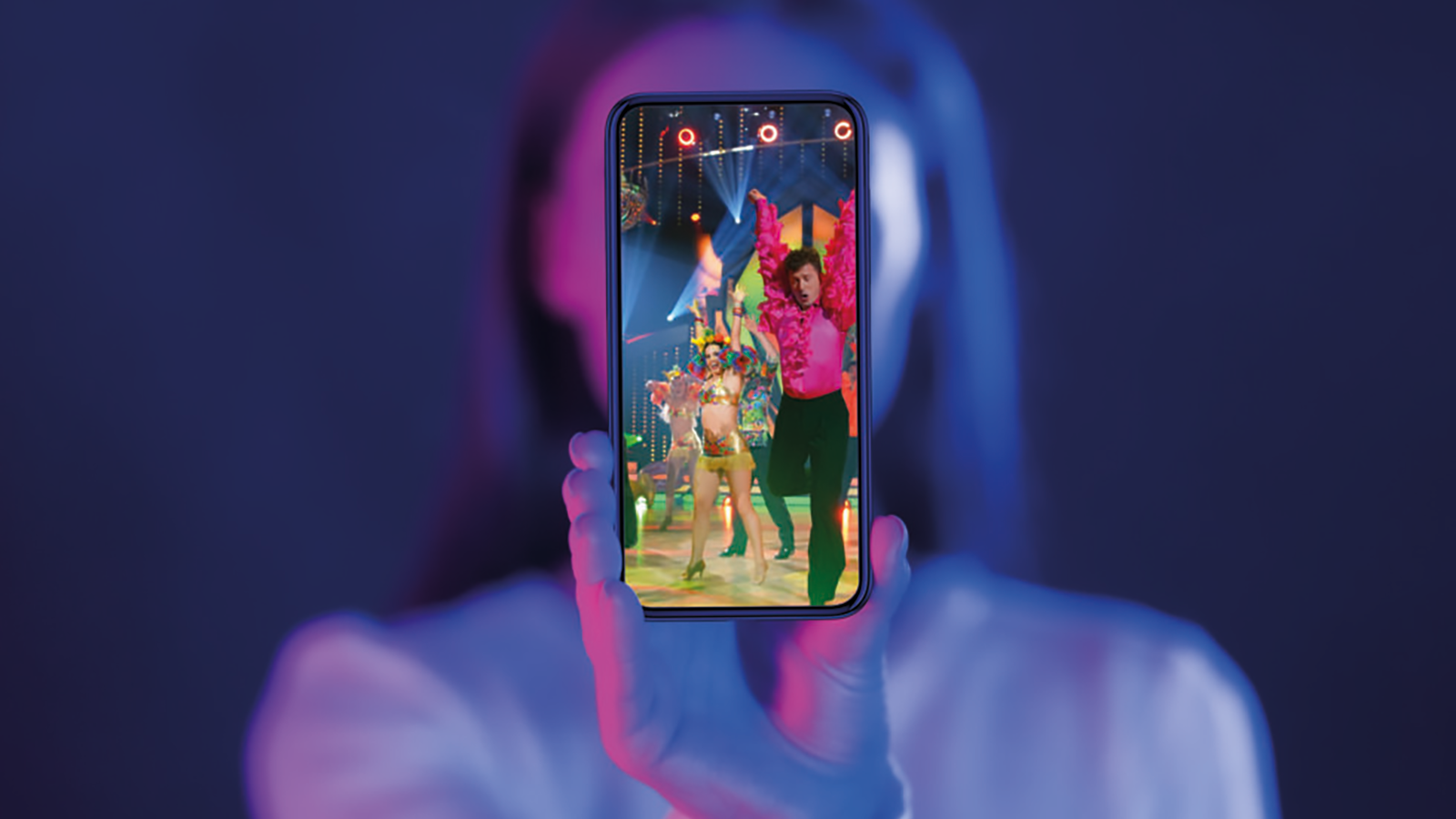Where are we at with cross-media measurement

Guillaume Belmas, CEO & co-Founder of Realytics talks about the need for TV ad campaign measurement and how these data collecting efforts, especially cross-media, have developed.
How do you see the attribution of complementary metrics in Europe? Is it only valid for certain clients such as e-commerce, or is it becoming more popular?
When we first launched our company, it was very specific to e-commerce clients with DMVBs and DTC brands. However, over time – and Covid-19 had an influence on this – more and more brands are becoming interested in attribution, which means we are talking to a wider spectrum of clients. As a marketer, you want to compare your performance and see how your investments are doing, which is possible for display and for video advertising and so on. This was not always possible for TV advertising. In France, for example, there’s a steady move toward CPM, but there is still a long way to go, and GRP remains the standard. The difference is that more and more TV advertisers are digital natives, and they need digital KPIs to run and analyse their campaigns on a global level.
They are completely lost when it comes to TV and are asking for the same analytics. Where are my KPIs? How do I operate my campaign? I need to have this data. As more brands are becoming digital, we must talk about this.
Consumption habits have changed over the past 20 years, especially with the rise of the internet. People prefer a higher-rated brand or service before going to the store. The drive to the web is becoming more and more popular, even for non-e-commerce brands, because they know that people will look on the internet for information before coming to their store. That’s why brands must look after their digital presence. If you watch TV, you will see that an increasing number of commercials have a CTA saying, “download my app”, “come to my website”, and so on.
This is what we are measuring. There is the data, there are the learnings you can pull out of the data, but you also need to know how to read that data, you need to know your objectives before looking into the data, otherwise, you can end up making bad decisions.
How can we enhance the power and efficiency of TV with data science and optimisation?
First, TV remains one of the most efficient media that advertisers can use. 2021 French studies show that TV is the third most attractive media in terms of ROI. Data science brings a different, even opposite solution to that which a human brain could come up with. Not long ago, our algorithms suggested that B2B advertisers buy ads on mainstream TV channels instead of what we would intuitively think to be more powerful – TV news channels.
For the past decade, Realytics has been using data to launch a drive-to- web (DTW) TV plan able to pick the most engaging commercial breaks or to use data associated with usage and behaviours. Data targeting on TV has become a reality and allows us to optimise the engagement of the audience exposed to your TV spot. In these scenarios Adkymia’s AI picks the most engaging TV spots and time slots to manage the CPM.
With data science, we are now able to activate new use cases we wouldn’t have thought about in the first place.
How effective is TV in terms of driving people to websites for example? And how much budget can advertisers optimise against data and performance analysis?
When measuring a TV campaign’s performance, there’s what we call the “dynamic impact window” which represents the online engagement generated right after a spot has been aired. Also called the direct impact, this online traffic represents your main target. From this it becomes easier to identify what we call a responsive audience pocket and which TV channels – day part and weekdays – are the most engaging.
This is the proof of TV’s efficiency in the first place. Added to the indirect impact based on different KPIs like ad pressure per day part or on mainstream TV channels, so advertisers benefit from insights that help in optimising their TV investments. On average, up to 25% of the budget can be optimised. In some cases, 100%.
Do you think artificial intelligence will solve the challenge of measurements?
AI is a huge topic. Of course, I believe in AI, since it was my academic training. AI can solve a lot of things. Now, AI relies on data. You need to take care of and think about the data first, and then the AI, because if you feed your AI with bad or partial data, then you will end up having bad or partial AI results. It is a matter of having the right data and even then you cannot address everything with AI. At Realytics, AI helped and still helps us to tackle several major challenges like user-centric TV attribution, attribution deduplication, media planning optimisations and several others.
For these three examples, our AI models rely on a lot of parameters and criteria that are themselves weighted by the AI itself. If you combine those self-learning models with the fact that the underlying data sources are growing exponentially, you get an unprecedented precision that is key to solving the challenges I mentioned. In conclusion, in order to answer the initial question: yes, I definitely think that AI is key to solving the challenge of measurement, simply because we are demonstrating it every day.
Guillaume Belmas, CEO & co-Founder at Realytics